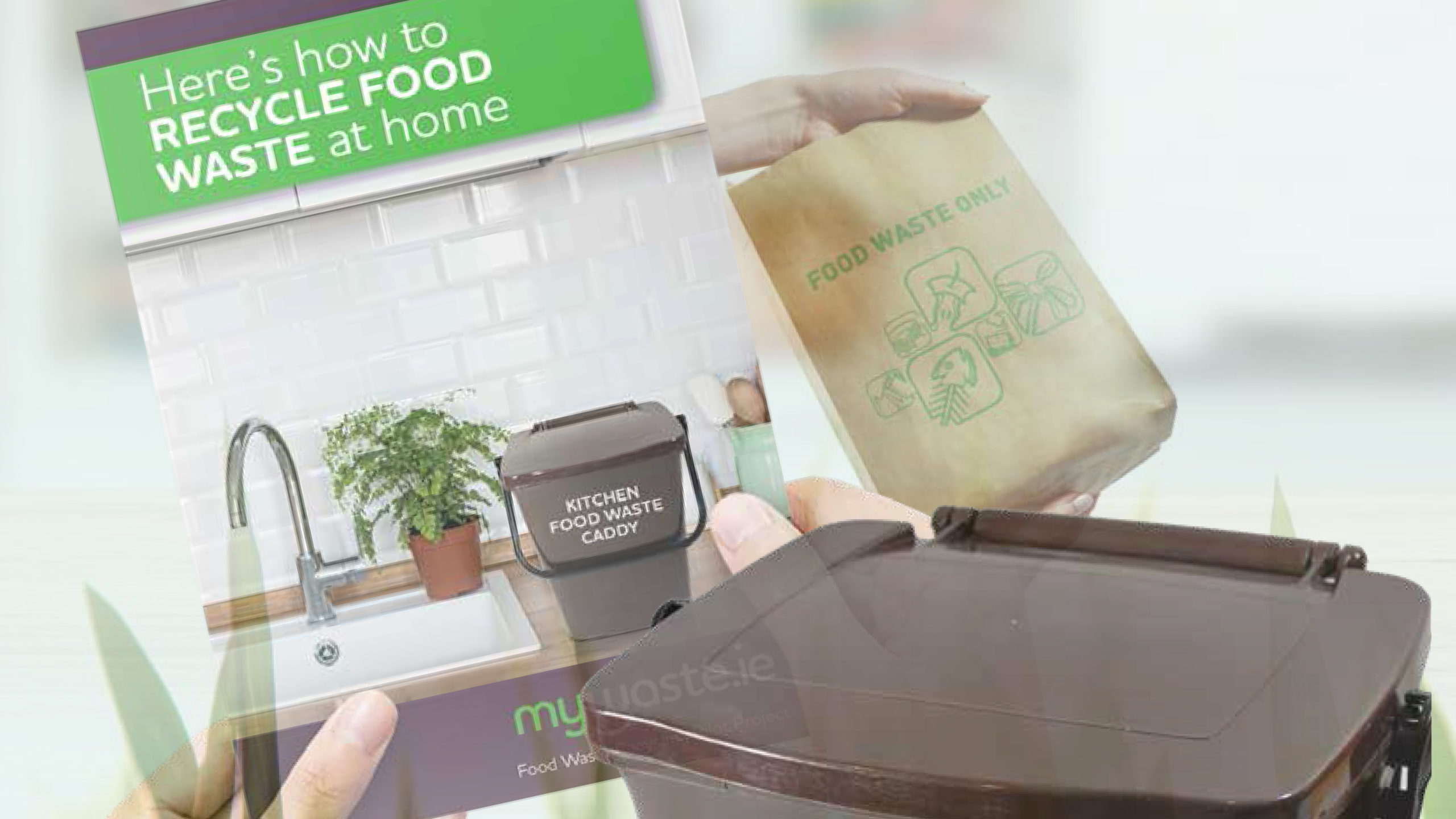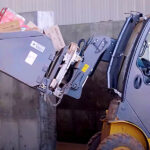The Food Waste Recycling Project is an initiative of Cré (Composting & Anaerobic Digestion Association of Ireland), the Regional Waste Management Planning Lead Authorities Connacht Ulster, Eastern Midlands, Southern (WMPLA) and the Irish Waste Management Association. With funding from the Department of Communications, Climate Action and Environment (DCCAE), a Working Group was formed to look at standardizing awareness and education of the food waste bin. The Working Group recently released its “Report on The Food Waste Recycling Pilot Project 2018-2020.”
 The report notes that in 2019, 53% of all households in Ireland were serviced with a full three-bin collection system, which includes the separate collection of food/bio-waste. However, during this same period only 75% of households with the service were actively engaged; 25% of households did not present their food waste bin at all during the previous quarter. “Although the rollout of the separate collection of household food waste is now over seven years old and well-established it would appear that some citizens have limited understanding of the importance of why it is necessary to separate food waste,” note the authors. “The aims for standardizing the awareness and education for the food waste recycling bin are to: Increase uptake and encourage participation; Reduce contamination; and Create a social norm.
The report notes that in 2019, 53% of all households in Ireland were serviced with a full three-bin collection system, which includes the separate collection of food/bio-waste. However, during this same period only 75% of households with the service were actively engaged; 25% of households did not present their food waste bin at all during the previous quarter. “Although the rollout of the separate collection of household food waste is now over seven years old and well-established it would appear that some citizens have limited understanding of the importance of why it is necessary to separate food waste,” note the authors. “The aims for standardizing the awareness and education for the food waste recycling bin are to: Increase uptake and encourage participation; Reduce contamination; and Create a social norm.
Three trials were conducted in the towns of Trim, Ballaghaderreen and Buncrana to test the effectiveness, cost and logistics to providing householders with communication and practical tools to increase participation in separating food waste. These tools included a kitchen caddy, a supply of paper caddy liners, informational stickers and an explanatory leaflet. During the trials, citizens in the pilot towns re-engaged with the program. The kitchen caddy and liners had a significant impact on behavior in the pilot, serving as a visual reminder to separate at source. The liners reduce or in some instances eliminate the “yuck” factor in source segregating food waste. “We were surprised at the number of householders that ranked the liner as very important, replaced their supply with store bought liners when they ran out and continued to participate,” said the Working Group. “The paper liner was not universally liked; householders found it difficult to insert in the caddy, and claimed it had the potential to leak. Overall customers preferred to use a ‘bioplastic’ liner.
“The sticker on the residual bin appears to have been a less effective reminder to source segregate food waste than the householder pack for use within the home. It leads the Working Group to the conclusion that the drivers for the source segregation of food waste must be internal to the home. Reminders on an external bin are ineffective because the action of segregation has already taken place.” Another unique part of this trial was the source of messaging. From the outset, the group “believed in the importance of the message coming from the waste service provider to their customer. We believe this led to more householders participating in the trial than if it had been conducted by a third party such as the local authority.”
Among the recommendations from the Working Group are:
- Every new customer signing up for a waste collection service is provided with a kitchen caddy, a starter pack of liners and an information toolkit comprised of an instructional leaflet and associated bin stickers.
- The information toolkit is revised and distributed to all existing customers eligible for a separate food waste collection.
- Where possible waste collectors incentivize their customers to segregate food waste by subsidizing the household bioplastic bin liners.
- Every waste collector be assisted with developing a communications campaign to engage with householders on why and how to separate food waste effectively. Communications with customers are recommended on a weekly basis via emails, text alerts and letters.
- Positive customer feedback could yield some additional behavioral changes. “For example, if waste collectors could communicate increases in tonnage or decreases in contamination directly with their customers we believe this would contribute significantly to customers continuing to participate positively with the separation of food waste,” says the report.













